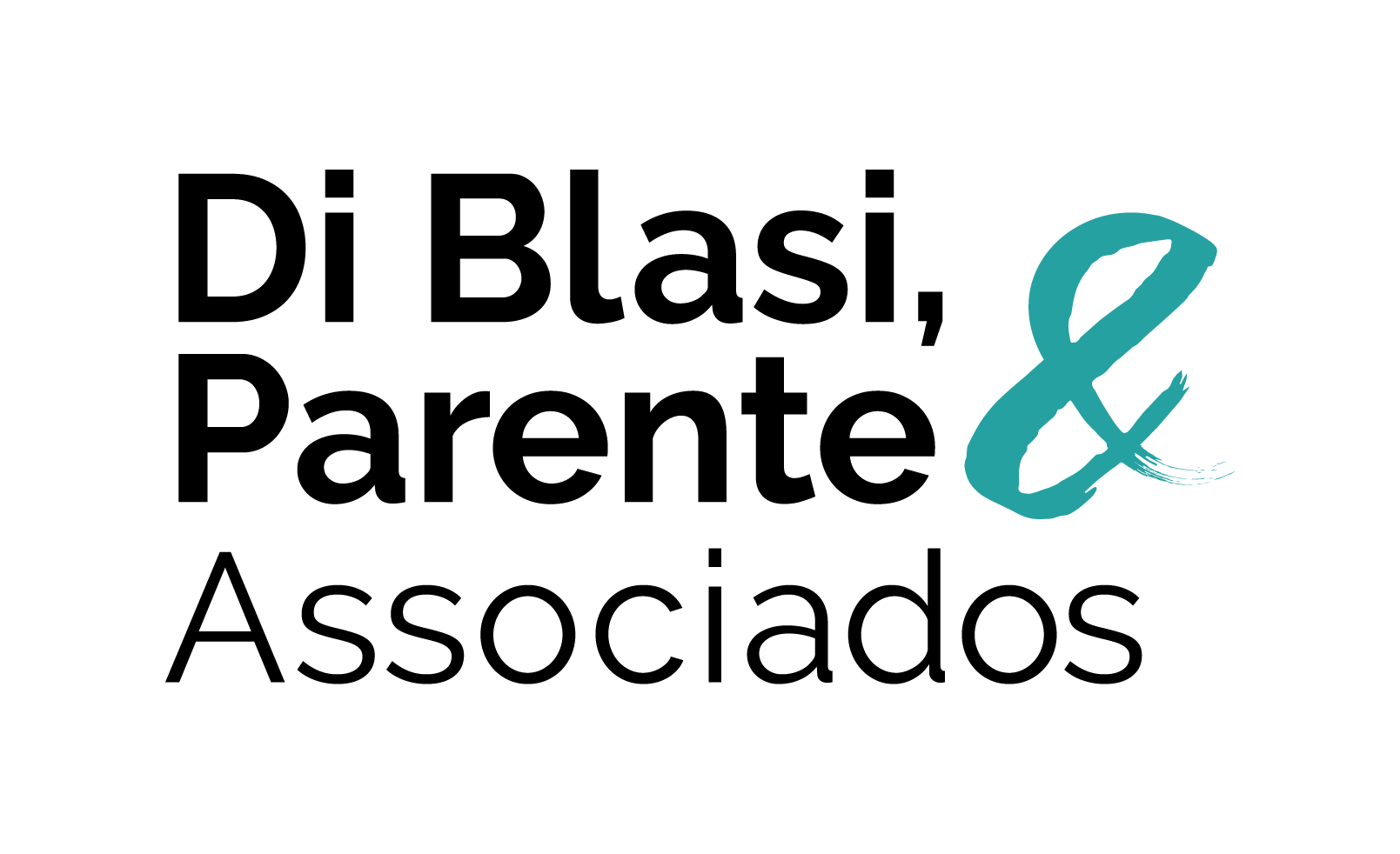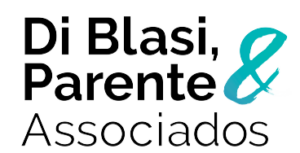Written by attorney at law Fernanda Mósca.
After many years of anticipation, Brazil is showing signs it is striding towards the accession of the Madrid Protocol.
The Madrid Protocol is an international trademark filing and registration system, with the purpose of making it easier for businesses to enter foreign markets while providing a cost-saving option.
While the terms of the accession to the Madrid Protocol are still being discussed by the Brazilian Congress and other interested parties, it is time to consider the changes it will provide. Due to certain asymmetries between the provisions in the Madrid Agreement and national legislation, trademark law specialists in Brazil are concerned about how the accession to the Madrid Protocol will occur and the overall effect of being a member.
The Madrid Protocol
The Madrid Protocol is a treaty administered by the World Intellectual Property Organization (WIPO), ratified by most of the leading countries in the world, such as the USA, China, Russia, as well as the European Union.
The Madrid Protocol allows the protection of a trademark in up to 117 countries and as many classes as wanted through a single application and set of fees. It also enables owners of international registrations to modify, renew or expand their global trademark portfolio through one centralized system.
Due to certain asymmetries between provisions in the Madrid Agreement and national legislation, some Brazilian trademark law specialists are concerned about how the accession to the Madrid Protocol will occur.
One of the main issues is that the Brazilian Patent and Trademark Office (the “BPTO”) may not be able to comply with the deadlines imposed by the Madrid Protocol, causing a backlog of work and bringing delays in the examination of national and international trademark applications.
The BPTO, on its side, informs that they are ready for the implementation of the Madrid Protocol and that they have already reduced the backlog of work.
How does the Madrid Protocol work?
The international application must be based on a current trademark application or registration at a patent and trademark office in the home country of the applicant, which also must be a member of the Madrid Protocol. The international application is limited to the goods or services listed in the original, home country application. The patent and trademark office transmits the international application to WIPO.
After receiving the trademark application, WIPO verifies whether it complies with the filing requirements and publishes the trademark in the “WIPO Gazette of International Marks.” After publication, WIPO informs the trademark offices of the countries designated in the international registration.
Each of those offices has a deadline of 18 months from the designation date to conduct an examination of the trademark application and issue a decision. If a refusal is not issued within the time limit, the protection is automatically granted.
In case of refusals, the applicant is able to respond to the trademark office which rendered the decision with the assistance of local counsel.
Advantages and disadvantages of using the Madrid Protocol
The Madrid Protocol’s main advantage is to provide the possibility of filing only one trademark application for as many classes needed, through the applicant’s home patent and trademark office , designating multiple countries, with reduced fees and a less complex system.
Today, if a Brazilian business wishes to protect a trademark abroad, it is necessary to arrange for individual applications in each jurisdiction of interest, often by contacting local attorneys in each such jurisdiction, submitting different powers of attorney and various other documents. The business must also pay separate fees and taxes for each, all of which can be costly and time-consuming.
The Madrid Protocol also encourages and makes foreign companies feel safe about registering their trademark in member countries and exporting to them, while making it easier for national companies to export their products.
A major disadvantage of the Protocol is the reliance on the Basic Application or Registration to support the international registration. For a period of five years, the international registration is vulnerable to cancellation. If for some reason the Basic Application is abandoned or the Basic Registration canceled, the international registration is also canceled.
However, there is a safe harbor. The international registration can be “transformed” into separate national applications in the designated countries, which will retain the filing date of the original international application. Cancellation of an international registration is a statistically rare occurrence – around seven cancellations per 1,000 registrations.
Another disadvantage is that countries that do not work on a multiclass system, like Brazil, may experience a shortage of revenue at the patent and trademark office, as only one fee is charged per filing, and each filing can contain multiple classes.
Furthermore, the Madrid Protocol does not require a declaration of use or proof of use to file the trademark application, making it difficult to prove cancellations due to non-use. This also makes defensive registrations easier, which are not allowed in some countries, and can lead to the encouragement of so-called trademark trolls.
Finally, the fees under the Madrid Protocol are fixed annually and based on the exchange rate on January 1, each year, as they should be equivalent to the same amount if the applicant was filing directly through the PTO of that country. But the exchange rates change throughout the year, making it more or less beneficial to file.
Changes to be considered by Congress before the accession to the Madrid Protocol
According to the Madrid Protocol, the deadline for examining trademark applications is 12 months, which may be extended up to 18 months. At the end of this period, even if the examination has not been completed, the registration via the Madrid Protocol will be granted automatically. Meanwhile, national trademark applications must wait for the examination of the BPTO, causing a clear asymmetry of treatment between nationals and foreigners.
Currently, the Brazilian Industrial Property Law requires that persons domiciled abroad maintain a Brazilian proxy, with powers to represent them administratively and judicially, including to receive notifications. Thus, cost and time are reduced with occasional notifications abroad. This issue must be considered before Brazil´s accession to the Madrid Protocol.
The Brazilian Industrial Property Law requires the holder of the trademark application to prove the activities related to the goods and services indicated by the trademark. Such a requirement is not made by the Madrid Protocol, which will bring disadvantages to Brazilian applicants, who will have to meet greater demands than foreigners using the Madrid Protocol.
The Madrid Protocol enables the option of joint ownership of a trademark registration. In turn, the Brazilian Industrial Property Law does not accept co-ownership.
The Madrid Protocol states that its official languages are English, Spanish and French, which could violate the Brazilian Constitution, which requires that Portuguese be used in all official documents in order to be valid.
Conclusion
The accession to the Madrid Protocol may bring advantages to Brazilian businesses that are interested in expanding their trademark protection around the globe, by bringing a simple and less expensive trademark filing system.
Also, Brazil expects that the accession to the Madrid Protocol will not only encourage foreign companies to invest in the country, but also increase the country´s reliability.
Despite the possible benefits, it is important for Brazil to make sure that the national legislation is respected and that the Madrid Protocol will not bring inequalities or asymmetry between the treatment of national and foreign trademark applicants.


